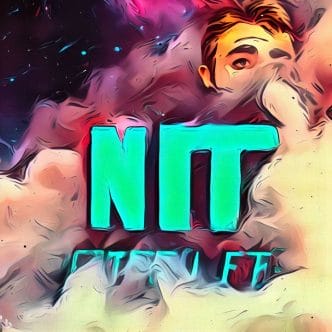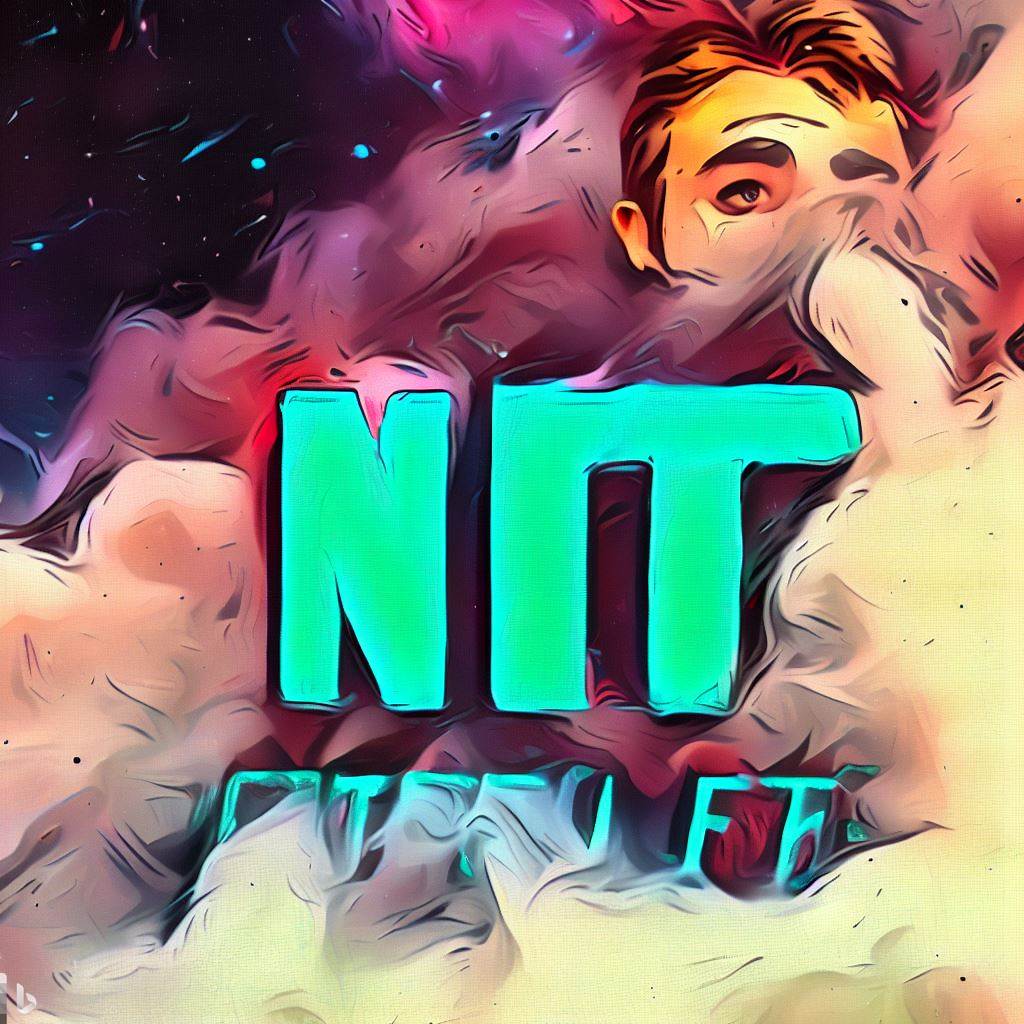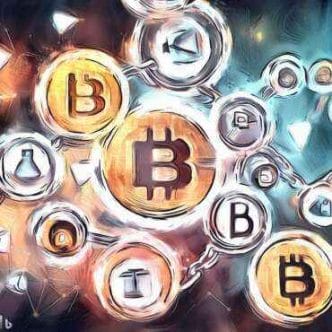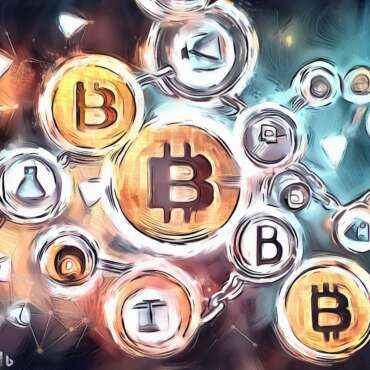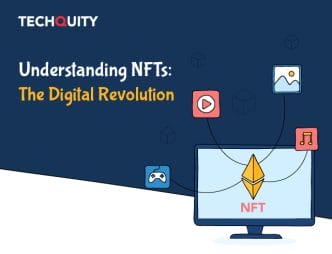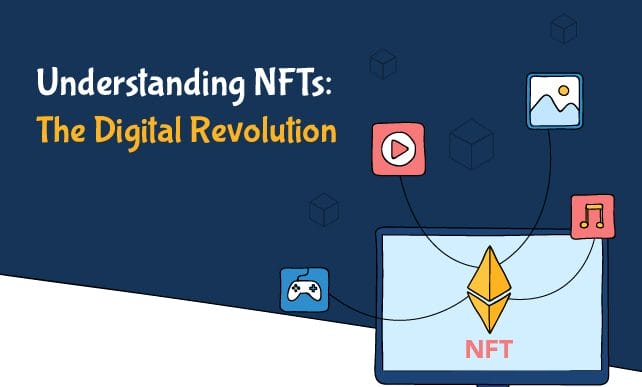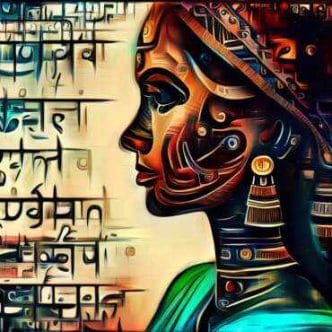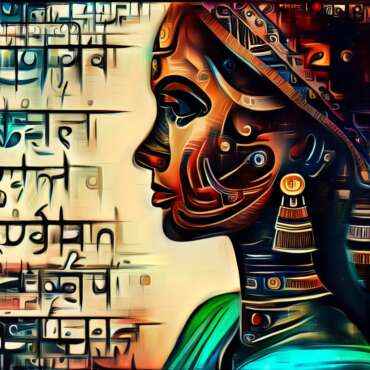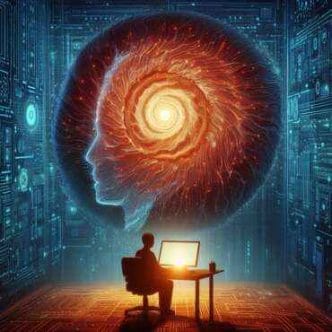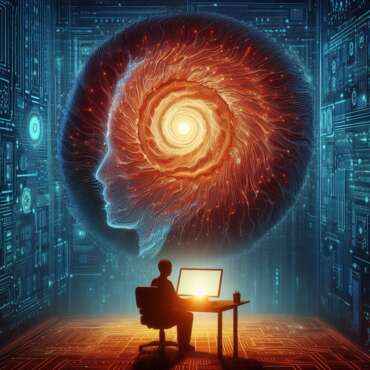In 2021, Mike Winkleman, a digital artist famously known as ‘Beeple’ sold his collection of 5,000 NFT (Non-Fungible Token) drawings for a whopping $69.3 million. It is listed as one of the most expensive artworks sold by a living artist. The same year, Grimes’ NFT art sold at $6 million and also made rounds on the internet, driving a marketplace for this promising, new digital asset. The subsequent year was when the novelty wore off. A certain group of NFT enthusiasts still remain enraptured but experts are now questioning the long-term viability of NFTs.
If you are still wide-eyed about NFTs, let’s demystify it with the basics.
What are NFTs?
NFTs are non-fungible tokens. By definition, non-fungible refers to something unique or irreplaceable. NFTs are cryptographic tokens or assets on a blockchain with individually distinctive codes and metadata. Meaning, no two NFTs are the same. In layperson’s terms, NFTs can be any original digital asset like painting, artwork, music, or games that cannot be replicated or reproduced. They are bought and sold like any tangible asset on a cryptocurrency exchange using cryptocurrencies or exchanged for other NFTs. Read more about cryptocurrency here: Should We Have Seen Crypto Winter Coming?
Buyers of the NFTs will have the ownership of digital assets that are transferable. They need to set up digital wallets to buy currencies accepted by the NFT platforms or sellers. NFT buyers can also pay via credit cards on digital payment platforms like Paypal and Coinbase. The common NFT marketplaces are OpenSea, Foundation, and Rarible where over a thousand NFT artists host their art and collectibles, and buyers are subject to community rules, ownership fees, and taxation policies.

Image by Freepik
NFTs’ Popularity, Hypes, and Myths
NFTs have been around since 2014 before rising to popularity in 2017 with Cyberpunk Collection, an artwork of 10,000, 24-bit made by a modification of the ERC20 standard, followed by the Cryptokitties, the first gamified NFT collection. In 2021, the digital boom by virtue of the COVID-19 pandemic created a vast space for content creation and digital transactions, allowing many digital artists to leverage the blockchain to showcase, pitch, and widen the reach of their creations. The online buzz of the high net-worth NFTs sold in the same year fueled its momentum.
Brands like Taco Bell, Coca-Cola, Lambhorgini, and Nike began using NTFs for sales promotion and to build a competitive edge. Celebrities like Snoop Dogg, Justin Beiber, Eminem, and Steve Aoki also dabbled with NFTs for brand building and innovation. As per HubSpot’s 2022 study on content and media planning, nearly 14 % of media planners leverage NFTs, and another 16% plan to use NFTs for the first time in 2022. Additionally, the study unveiled about 39% of NFT users reportedly have the best ROI of any channel in their media mix.
This year, the revenue from the NFT market is predicted to climb $1,601.00m in 2023 and the average revenue per use amounts to $114.80. The US tops the list of the world’s highest revenue generators from NFTs, and the average number of users is expected to reach 19.31 million by 2027. Apart from trading and showcasing art, NFT use cases also span other areas and activities like virtual real estate buying, supply chain, loans, and Web3 identification. Amid the growing popularity of NFTs, the risk of bad actors and fraudulent transactions exposes an ugly side. Creators of fake NFTs, imposters with fake information and reviews, and the probability of scammers engaging in money laundering and terrorist funding are emerging as concerns.
A recent study report on NFTs and Financial Crime found that between July 2021 and 2022, more than $100 million in NFTs were publicly stolen through scams. July 2022 recorded the highest number of scams with around 4,600 stolen NFTs. The report claimed that the crimes summarized represent only a fraction of NFT trading and also proposed proactive risk mitigation measures and regulatory guidance on the utilization of blockchain analytics to curb illicit activities and promote the safety of the rapidly booming NFT industry.
Bursting the Sustainability Bubble
The growing tech literacy and internet adoption from the younger consumer demographics was integral to creating a sense of exclusivity and virality with NFTs. Moreover, millennials and Gen-Z buyers’ propensity towards brands and businesses that are environment conscious initially pitched digital NFT trades as sustainable alternatives to real-world transactions. Unfortunately, the bubble soon burst. A single NFT creation or minting an NFT to the blockchain requires the same amount of energy that an average American household uses in 47 days. The carbon emissions from an NFT transaction on the Bitcoin platform is up to 748 kilos which is equal to watching YouTube for 124k+ hours!
Blockchain platforms using proof-of-stake or POS method, (a cryptocurrency consensus method using validators for processing transactions and building new blocks in blockchain) that are designed to reduce network congestion are comparatively less energy-intensive for generating NFTs. Some of the popular POS blockchains include Ethereum, Solana, and Algorand. Another merit of POS is that it makes the chances of a 51% attack (when more than a group of miners owns 50% of the network nodes on can alter the blockchain) less likely because of the selected validators who preempt security threats. However, the security benefits of the POS method have rarely been discussed at length within the NFT community and warrant awareness and investments from governments and regulatory agencies.
Are NFTs Worth the Investment?
A certain group of NFT enthusiasts still remain enraptured but experts are now questioning the long-term viability of NFTs.
Investing in NFTs includes tax liabilities. So far, the value of NFT is defined in the ownership. There hasn’t been enough evidence or research to comment on the profitability aspect of a resale of an NFT. So, it is purely the buyers’ choice to go on a quest to find out. All and all, the NFT market can be a level playing field for creators to monetize their work, inventors, and regulators to incentivize authenticity, and for brands to offer new experiences in gaming, music, and creatives.
____________
Written By: Vanishree Bhatt
